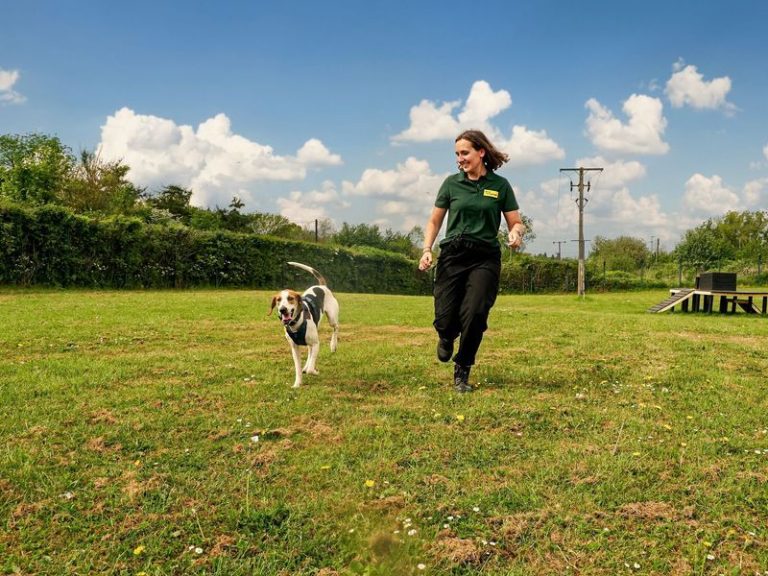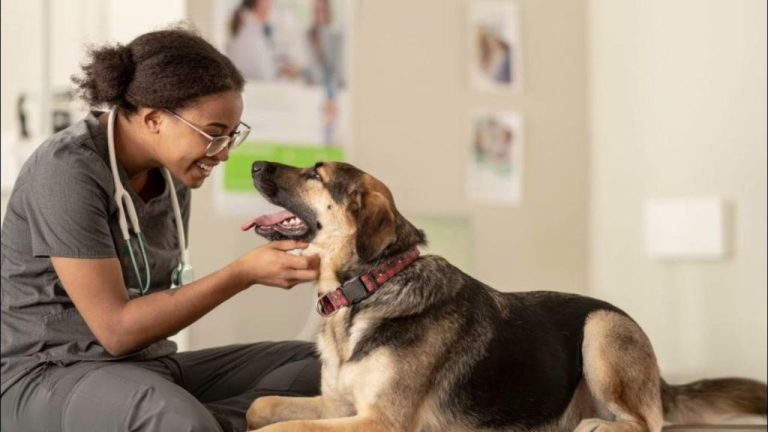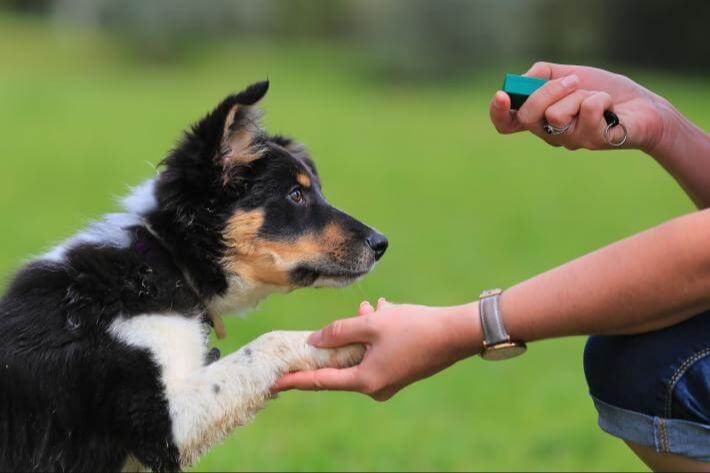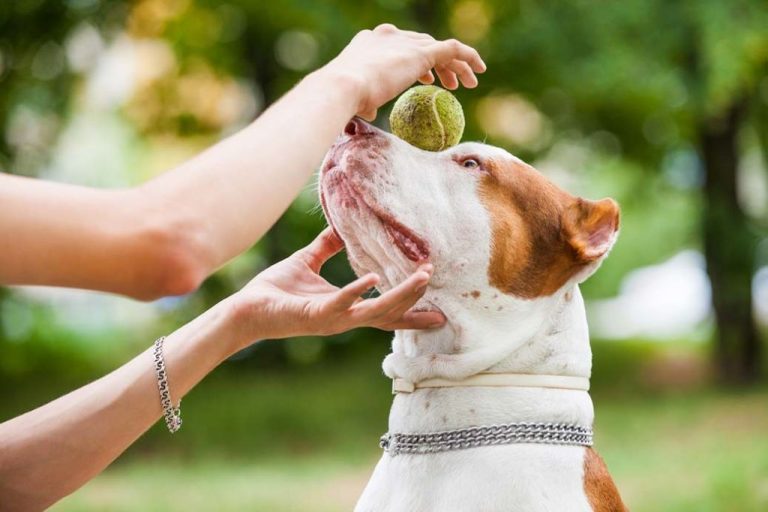Crate Training: Tips For Success
Introduce Crate Training
Crate training is the process of training a dog to feel comfortable spending time in a crate or cage [1]. It involves gradually introducing the crate to the dog and building up positive associations with it through things like meals, treats, and rest.
The goal of crate training is to make the crate a safe and relaxing place for the dog to spend time. When done properly, crate training provides many benefits:
- Gives the dog a quiet space for naps and sleep
- Helps with house training
- Prevents destructive behaviors when unsupervised
- Aids in travel safety and management
- Provides a secure place during stressful events like thunderstorms or fireworks
Crate training utilizes a dog’s natural instincts to seek out a den. With positive associations and proper techniques, the crate becomes a place of comfort and security.
Prepare the Crate
Selecting the right crate for your puppy is crucial for successful crate training. Look for a crate that is just big enough for your puppy to stand up, turn around, and lie down comfortably. It should have a divider so you can adjust the space as your puppy grows (https://www.akc.org/expert-advice/lifestyle/choose-best-crate-dog/). Metal crates are a good option for pups that tend to chew and provide good ventilation.
Make the crate comfortable for your puppy by adding some bedding and a few safe chew toys (https://www.rover.com/blog/reviews/best-dog-crates-for-puppies/). Use a crate pad or blanket that won’t contain stuffing or pieces if shredded. Introducing toys can help make the crate a positive place for your pup.
Crate Location
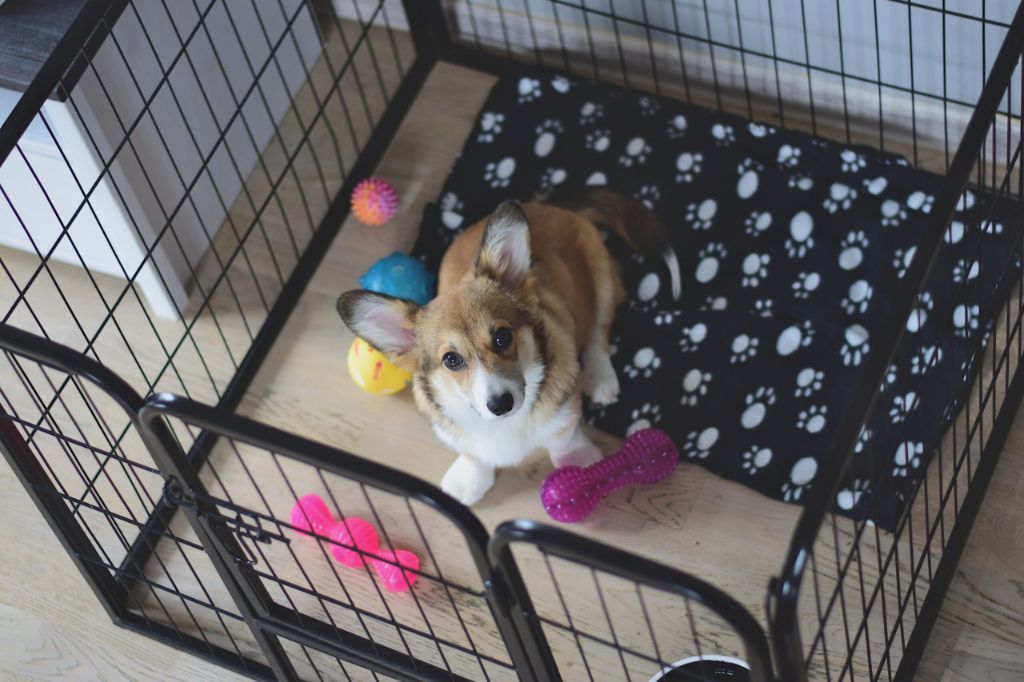
The ideal spot to place your puppy’s crate is a quiet corner of your bedroom or living room where there is still a lot of family activity. This allows your puppy to be near you while still having a quiet space for rest (The Humane Society). Placing the crate in your bedroom at night can help soothe your puppy and make crate training easier.
Ensure the crate location you choose allows easy access for you to let your puppy out for potty breaks and playtime. However, also avoid high traffic areas that can overstimulate your puppy. Finding the right balance of accessibility and peace is key (Hiddin).
Introducing the Crate
The key to successfully crate training your puppy is to make the crate a positive place right from the start. According to the experts at the Humane Society, you should put treats and toys inside the crate so your puppy associates it with good things. Feeding your puppy their meals inside the crate is also recommended to build positive associations.
When first introducing your puppy to the crate, leave the door open so they can explore it at their own pace. Toss treats inside so your puppy goes in voluntarily. Praise and reward them with treats for any interaction with the crate. Start slow with short sessions of just a few minutes inside the crate while you stay nearby.
The American Kennel Club advises making crate time fun by giving your puppy a food-stuffed toy or long-lasting chew. This will help reinforce that the crate is a good place to be. Always take the positive approach, never force your puppy into the crate if they are fearful or anxious.
Crate Duration
When starting crate training, it’s important to gradually build up the amount of time your puppy spends in the crate. Puppies have small bladders and can only hold it for limited periods of time. The general rule is a puppy can hold their bladder for their age in months plus one, measured in hours. For example, a 3 month old puppy can hold it for about 4 hours.
It’s best to start small, with short sessions of just 10-30 minutes in the crate, and slowly work up to longer periods. Make sure to take your puppy out to relieve themselves immediately before and after crating. Avoid leaving puppies in the crate longer than they can hold it to prevent accidents. Accidents in the crate can set back training.
For the first few weeks, limit crate time to less than 2 hours, with potty breaks before and after. Between 12-16 weeks, puppies can generally hold it 3-4 hours. At 4 months, they can typically last 4-5 hours. But every puppy is different! Adjust based on your puppy’s signals and bladder control.
The ASPCA recommends following these crate duration guidelines:1
- 9-10 weeks: 30-60 minutes
- 11-14 weeks: 1-3 hours
- 15-16 weeks: 3-4 hours
- 17+ weeks: 4-5 hours
With proper training, your puppy will soon be able to spend longer periods in their crate without accidents. Just remember to start small and build up duration gradually.
Nighttime Crating
Establishing a consistent bedtime routine is vital for successful crate training at night (https://www.preventivevet.com/dogs/crate-training-at-night-for-puppies). Your puppy should be taken outside right before bedtime to relieve themselves, then it’s straight into the crate. Some tips for bedtime include:
- Take away food and water a couple hours before bed to discourage potty breaks.
- Provide a stuffed Kong or chew toy to occupy them in the crate.
- Say a cue like “night night” when putting them in the crate to signal bedtime.
- Ignore any crying, whining or barking after putting them in the crate.
For potty breaks during the night, take your puppy out if they are quietly waiting or sit up when you approach the crate. Only open the door once they are calm and quiet. Carry the puppy outside using a leash, avoiding any playtime or affection. Return the puppy to the crate immediately after going potty with minimal interaction. As your puppy ages and their bladder grows, middle of the night potty breaks can be phased out (https://www.fourpaws.com/pets-101/potty-time-and-training/crate-training-puppy-at-night).
Crate Training Schedule
Having a consistent schedule is key for successful crate training. Puppies under 4 months old shouldn’t be crated for more than 2-3 hours at a time. A sample daily schedule could be:
7 AM – Potty break outside then playtime. After 30 mins, into the crate for a nap.
9 AM – Potty break outside then breakfast. Some playtime and training. Back in crate at 10 AM.
12 PM – Potty break then lunch. Supervised playtime. Back in crate at 1 PM.
3 PM – Potty break then playtime. Back in crate at 4 PM.
6 PM – Potty break then dinner. Family time and play. Back in crate overnight.
Adult dogs can handle longer durations, like 4-6 hours. The schedule should be consistent every day, with crate times after meals, playtime, potty breaks. This allows the puppy to get used to a routine. Consistency and positive associations are key for crate training success.
Crate Training Challenges
Crate training can present some challenges, especially in the beginning. Some common issues include whining, anxiety, and overexcitement during homecomings.
Puppies may whine or cry in the crate initially as they adjust to being left alone. It’s important not to let them out when they are whining, as this can reinforce the behavior. Be sure to provide plenty of enrichment items in the crate and start with very short sessions, building up the duration slowly (PetPlace).
Some dogs experience separation anxiety in the crate. Signs include drooling, destructive behaviors, and continuous crying or barking. Try remedies like providing a familiar item with your scent or using calming aids like a Thundershirt to ease their anxiety (The Honest Kitchen).
Dogs may get overly excited when you return home as well. Make homecomings low key – don’t acknowledge them until they are calm. You can also give them a puzzle toy in the crate before leaving to occupy them until you return.
Transitioning from Crate
As your dog gets older and better trained, you can start to transition away from constant crating and give them more freedom in your home. According to one Reddit thread, most experts recommend waiting until a dog is at least 1-2 years old before giving them free reign when you’re not home (https://www.reddit.com/r/Dogtraining/comments/5p003t/when_can_i_stop_crate_training/).
When your dog reaches this age milestone, you can try leaving them out for short periods like running to the grocery store. Slowly increase the alone time as you build trust. Spirit Dog Training suggests having a dog bed or safe space set up for your dog to relax in when left alone instead of crating (https://spiritdogtraining.com/behavior/stop-crating-dog/).
Make sure your dog is well-exercised and pottied before longer alone periods. Give them something engaging like a food puzzle toy to focus on. Ease into more freedom when you’re confident they won’t get into trouble. But you may want to continue crating at night or when traveling for safety and containment.
Conclusion
In conclusion, crate training provides many benefits for both dogs and their owners. When done properly, crate training can give dogs a sense of security in their own space and helps prevent destructive behaviors or accidents when unsupervised. For owners, crate training creates predictability and provides peace of mind knowing their dog is safe and secure when alone.
Crate training is an important lifelong skill for dogs. The crate can continue to serve as a place of comfort and retreat throughout a dog’s lifetime. Dogs who are crate trained are also prepared for travel, boarding, or visits to the vet where crating may be necessary. With patience and consistency, crate training sets up both dogs and owners for success.


